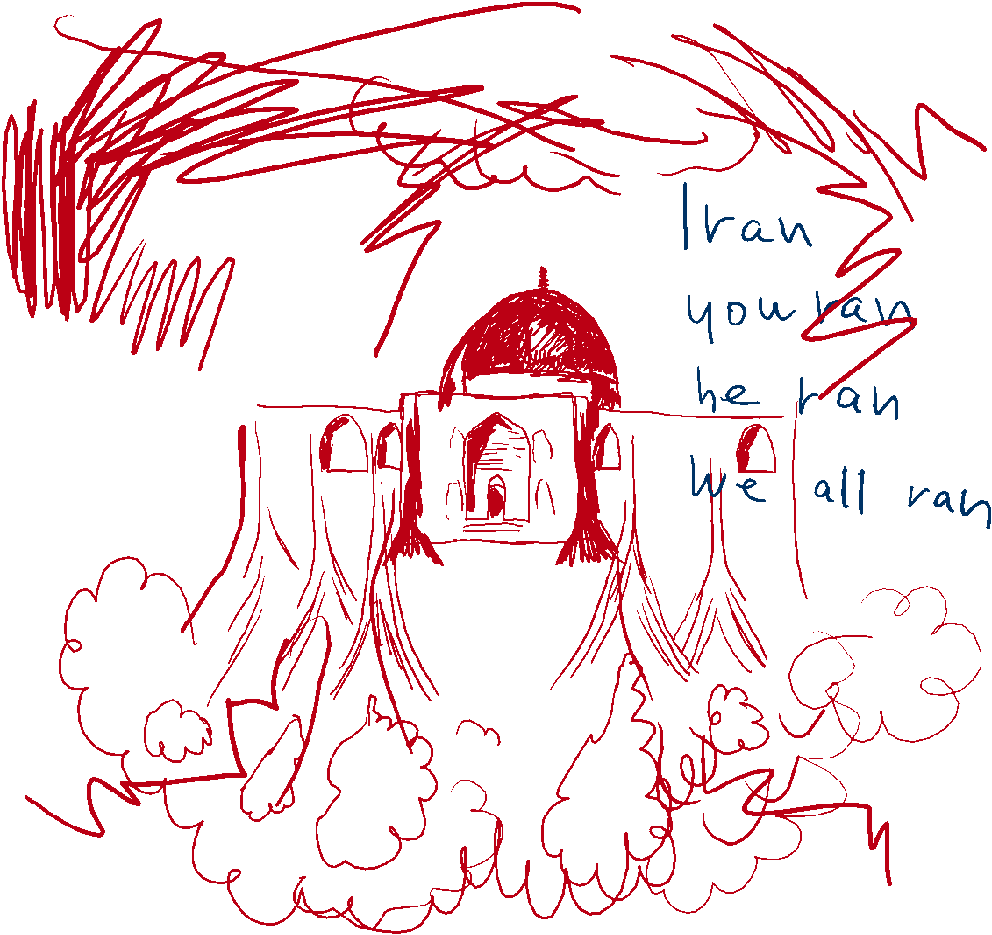
The blue planet —
Earth from NASA's Lunar Reconnaissance Orbiter in orbit around the moon. The only planet in our solar system with an abundance of water, over 70%, thus named the 'blue planet'.

Chefchaouen, northwest Morocco —
The mesmerizing blue within the maze of the city's 'old town' date back to a 15th century custom. When Jewish refugees fleeing the Spanish inquisition settled in Chefchaouen, they wanted the buildings and streets to mirror the sky so they could be reminded of God.

Picasso's blue period —
This painting, titled "Tragedy" (1903), of mourners on the beach was part of Picasso's Blue Period which lasted from 1900 to 1904. This was a time when Picasso was journeying through in Spain in relative poverty and had little artistic success, moreover his close friend Carlos Casagemas took his own life. The monochromatic blue palette are often associated with melancholy and despair.

Yves Klein, Untitled blue monochrome (1959) —
Yves Klein, a provocative French conceptual artist created and patented his unique and striking pigment which he named "International Klein Blue". He used it in a number of monochrome paintings claiming that the color represented the cosmic energy that floats freely in the air.

The burial mask of Egyptian Pharaoh Tutankhamun —
Ancient Egyptians prized the rare and vivid blue Lapis lazuli stone, seen here as Tutankhamun's eye surrounds and eyebrows. They also manufactured blue as a type of glazed ceramic called Faience. Blue for the Ancient Egyptians was associated with the life-giving Nile River and with the heavens and thus the realm of the gods.

A Lapis Lazuli stone from a mine in the Chilean Andes —
The gemstone Lapis Lazuli is a rare, semi-precious stone known for its intense color largely mined from Afghanistan. Ground into powder it makes ultramarine the finest and most expensive of all blue pigments widely used during the Renaissance in frescoes and oil painting.

De Beers Millennium Jewel 4 —
A rare internally flawless blue diamond weighing 10.10 carats, which achieved US$31.8 million at auction which was the highest price ever paid for a jewel at auction in Asia. This this intense blue coloration is a highly valued characteristic which occurs when a trace of Boron is present during a diamond's formation. Only about 1 in every 200,000 diamonds have a slight blue coloration.

Himalayan blue poppy —
One of the few flowers found in nature with blue pigment. According to David Lee of the Department of Biological Sciences at Florida International University "Less than 10 percent of the 280,000 species of flowering plants produce blue flowers". He goes on to say that "plants don't have a direct way of making a blue color".

Mandarin Fish on the Light House Reef, Philippines —
Of the world's 64,000 vertebrates, this Mandarin Fish along with the Psychedelic Fish are the only two with blue pigment. Other vertebrates that appear blue have layers of crystals that reflect light at shorter wavelengths to create a structural color.

Peacock in full array, Cuba —
Although peacocks shimmer and shine with seemingly blue feathers, this is an optical illusion where light is reflected to appear blue but is in fact structural color.


